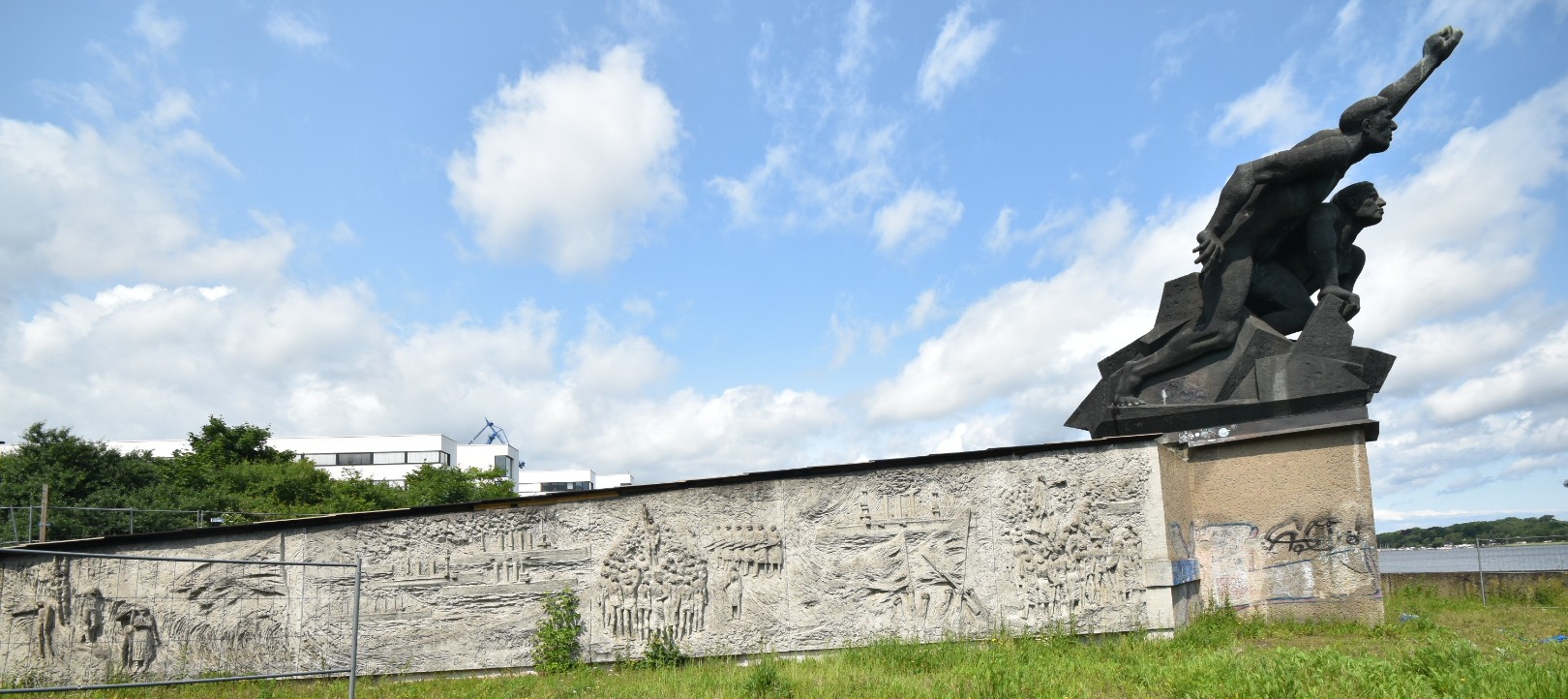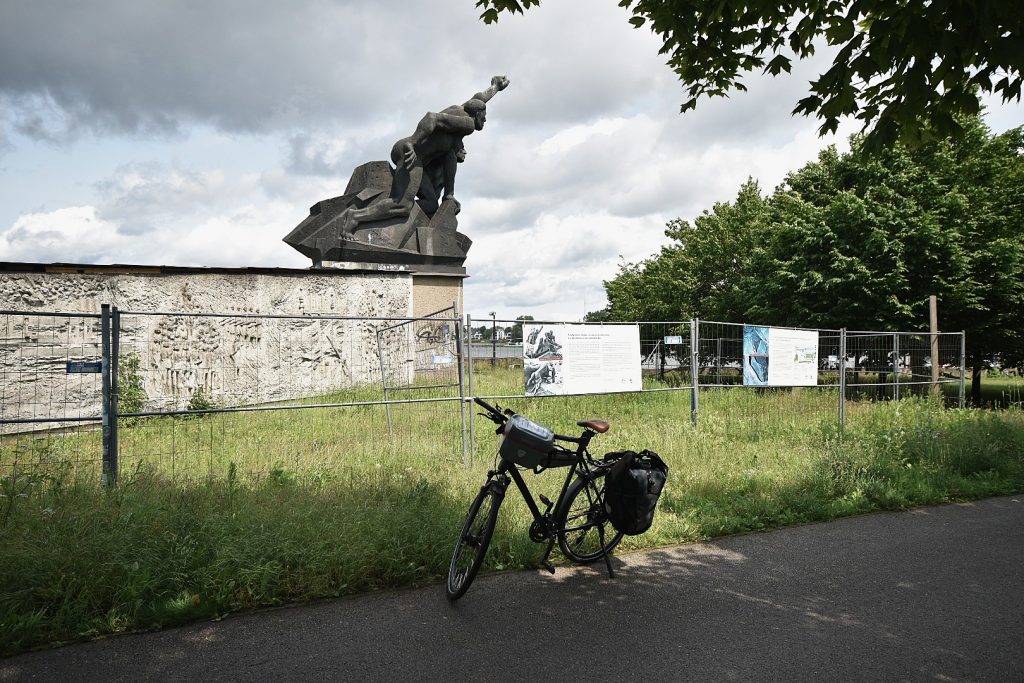
In early November 1918, it had become clear that the war was lost.
Morale had already been low — for four years, sailors in the German High Seas Fleet had endured hardship. They had been mistreated by their officers, gone hungry, and lived in fear. And now, even with the end of the war in sight, the Naval Command clung to the idea of “honor.” The battleships were ordered to set sail for one last mission against England — a suicide mission for a lost cause.
The sailors had had enough. They rose up, arrested their officers, and tore off their insignia. Then they took control of the ships and quickly found allies on land: workers who shared their frustration. This mutiny became the spark that ignited the Revolution of 1918 — the end of the Empire and the beginning of the Weimar Republic.
Fast forward to 1977. Rostock, a city in the north of the German Democratic Republic (East Germany), lies on the shores of the Baltic Sea. Because of this historical connection, the communist government decided to honor the rebellious sailors of 1918. They built a massive monument: two sailors charging forward, cast in steel, 30 feet tall.
“Forward” was the key message. Communism liked to present itself as the force of progress — inevitable and scientific, just as Marx had envisioned. According to this view, history followed a law-like path, culminating in a society where all people were equal and no one exploited another for profit. The East German regime liked to see itself as the realization of that dream.
So it rewrote history to fit the narrative. In the official version, the sailors of 1918 had been early heroes of the GDR. A neat way of turning the past into a justification for the present.
But the reality in 1978 was far removed from Marx’s vision — and from the ideals of the mutineers. East Germany had become a repressive state: shooting people who tried to flee, spying on its citizens, and imprisoning anyone who dared to speak out.
One has to wonder what the sailors of 1918 would have thought of such a regime.
One thing is certain: the GDR’s rewriting of history revealed its own insecurity. What kind of government needs to reshape the past to justify its existence?
And finally, it’s worth remembering: the brave resistance of the sailors in 1918 deserves every bit of steel their memorial is made of. That’s why today, the city of Rostock is investing nearly four million euros to restore the site.

Leave a Reply